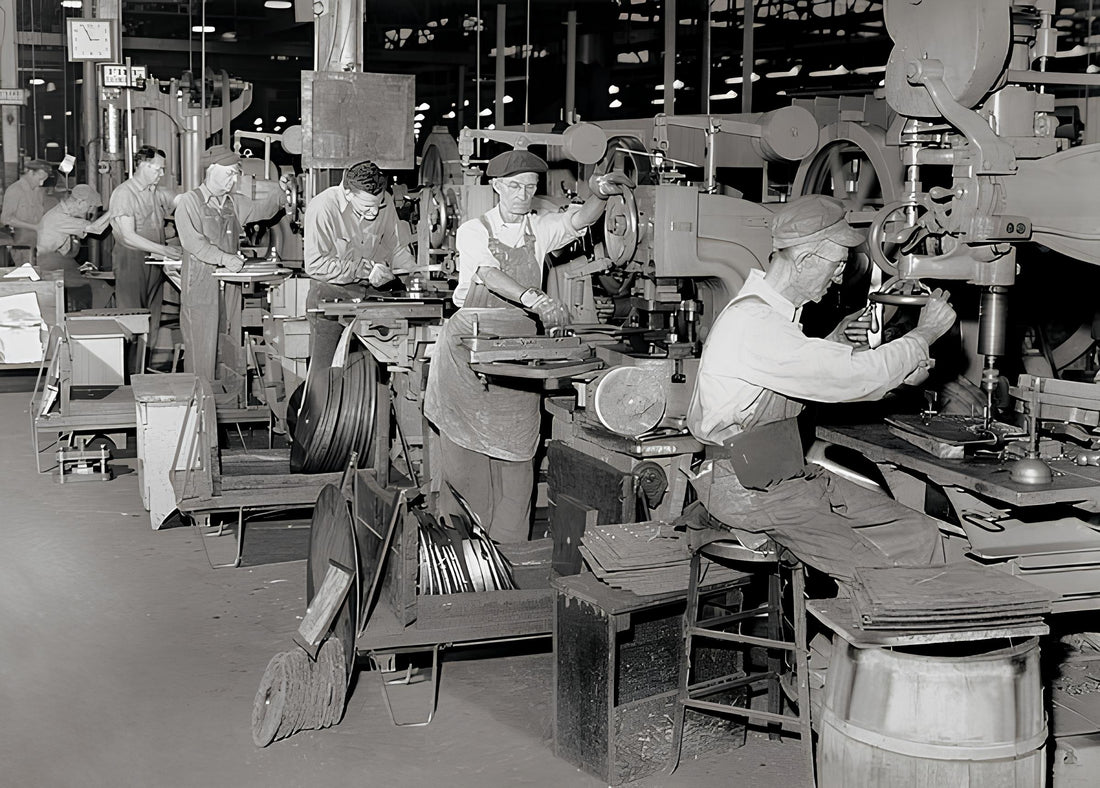
The Backpack: When Function Becomes Legacy
Compartir
A History of Seams, Necessity, and Heritage
Long before backpacks paraded through airports, campuses, or boardrooms, they were born in silence… like all things that endure.
It wasn’t in Paris or Milan. It was in the mountains.
The first trace of what we would now call a “backpack” dates back more than 5,000 years: found beside the frozen body of Ötzi, the “Iceman” discovered in the Alps. He carried a curved wooden staff tied to a frame of leather and woven fibers. It wasn’t an accessory — it was his life, carried on his back. Tools, fire, food. Everything fit inside.
But it wasn’t until centuries later, in the 19th century, that the backpack took shape as a designed object. In 1886, Norwegian Ole F. Bergan created a curved wooden frame that adapted to the body. It was a practical solution for Scandinavian hunters and explorers. Comfort and load, for the first time, found balance.
From then on, seams began to tell stories.
The Forgotten Image of the Needle
The scene accompanying this article — men sewing in silence — is not a modern recreation, nor an anomaly. In the 19th and 20th centuries, it was men who crafted backpacks, straps, and equipment for exploration, war, and industrial labor.
In small workshops, among leather, canvas, and bronze buckles, the foundations were laid for what we now associate with style and utility.
These were backpacks made to endure, not to sell.
Built to withstand storms, not trends.
From War to Lifestyle
During the First and Second World Wars, backpacks evolved with the textile industry. Thus was born the concept of the “military backpack”: functional, compact, with multiple pockets. When the wars ended, soldiers returned home with them — and without realizing it, introduced the concept into civilian life.
By the mid-20th century, backpacks appeared on students, artists, and travelers. They were no longer merely useful: they became a symbol of mobility, of freedom. The age of design began to refine them.
And decades later, luxury embraced them.
Seams That Still Whisper
At Velbossa®, we look at that history with reverence. Because we understand that a backpack is not a trend — it is an extension of the one who carries it.
Every buckle has a purpose. Every pocket, an intention.
And while leather has replaced canvas, and proportions have been refined, the soul of those first backpacks — stitched by silent hands — lives on in every well-designed piece.
It is not a bag.
It is your archive.
Your legacy.
